If you're building software that leverages artificial intelligence, choosing the right AI API can make or break your project. This page ranks the best AI APIs available today—covering both paid and free options—designed to help developers integrate powerful AI capabilities into apps, platforms, and workflows. Whether you need natural language processing, text generation, image recognition, or speech synthesis, these APIs offer scalable, cloud-based solutions with fast response times and flexible pricing. We've compared each API based on performance, documentation quality, ease of integration, and developer support to help you find the best fit for your tech stack. Many of the options listed offer free tiers or trial credits, making it easy to experiment before committing to a paid plan. From startups and indie developers to enterprise teams, these AI APIs empower you to build smarter, more dynamic applications. Explore the top API providers for AI in 2025 and start bringing advanced intelligence into your projects today.
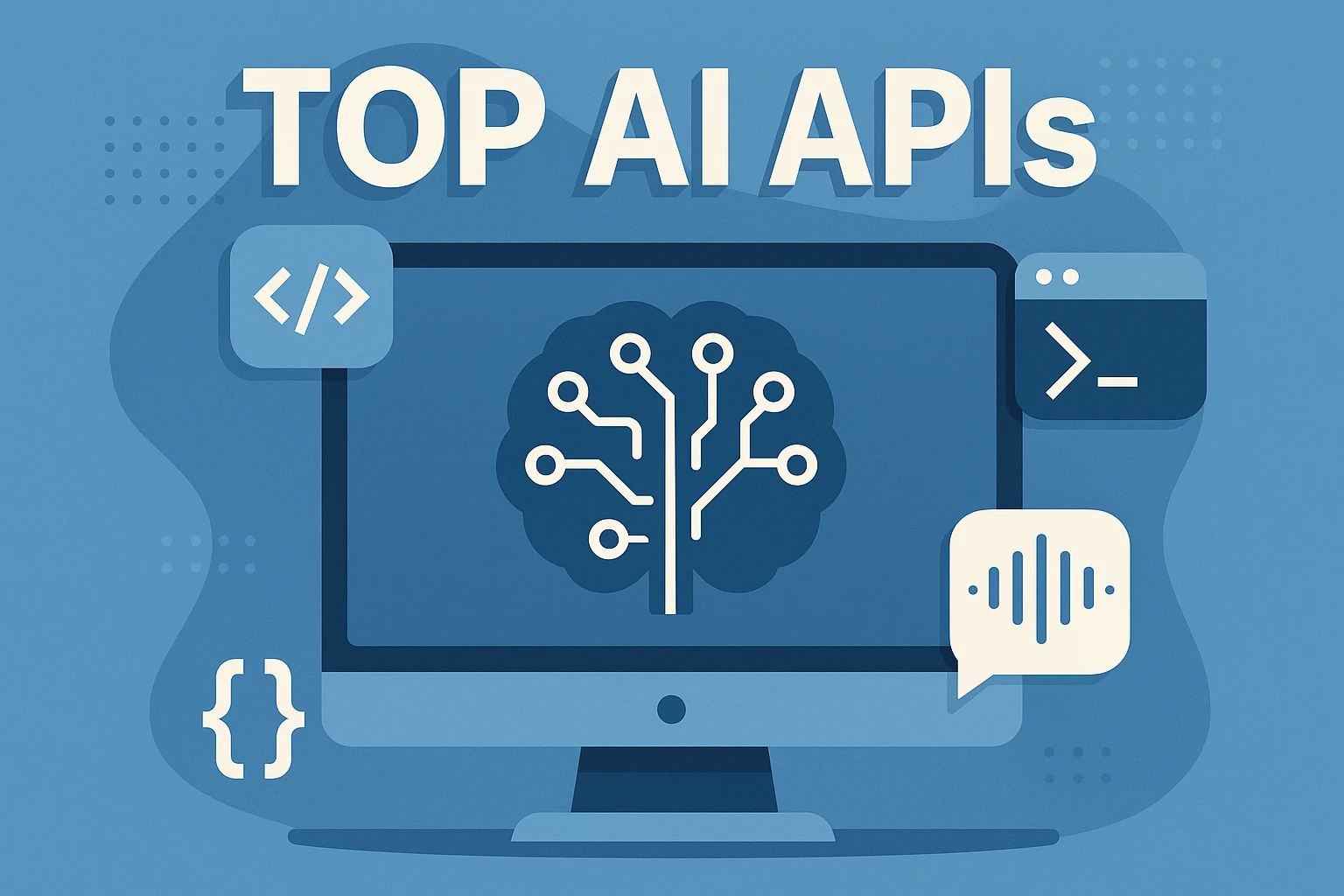
Top Paid AI APIs
| Rank | API | Primary Capability | Pricing | Best For |
|---|---|---|---|---|
| #1 | OpenAI API | LLMs, images, speech | Pay-as-you-go | Apps, agents, assistants |
| #2 | Google Cloud AI | Vision, speech, translation | Usage-based | Enterprise + web apps |
| #3 | Anthropic Claude API | Natural language + safety | Token-based | Long-context chatbots |
| #4 | Replicate API | Run open-source models | Per-minute billing | Image & research apps |
| #5 | AssemblyAI | Speech-to-text + insights | From $0.006/min | Call transcription, voice apps |
OpenAI API
The OpenAI API provides access to cutting-edge models like GPT-4o (for natural language tasks), DALL·E (for image generation), Whisper (for speech-to-text), and the Assistants API, which enables memory, tools, and function calling. It’s the most developer-friendly and widely adopted AI API in the market, with robust documentation, SDKs, and ecosystem integrations. Whether you're building a full chatbot, AI assistant, automation tool, or educational platform, OpenAI gives you scalable infrastructure with usage-based billing and fine-tuning options. It’s the gold standard for product builders who need flexibility and production-grade performance.
Google Cloud AI
Google Cloud’s Vertex AI platform offers a comprehensive suite of AI APIs and tools for deploying production-ready AI at scale. From Vision AI and Translation API, to Speech-to-Text, Text-to-Speech, and now Gemini foundation models, developers can unify model training, deployment, and monitoring in one ecosystem. Vertex AI’s advantage lies in its tight integration with the Google Cloud stack, making it ideal for enterprise applications, secure data workflows, and real-time personalization. With strong support for AutoML and scalable GPU infrastructure, it’s built for both startups and Fortune 500 companies.
Anthropic Claude API
Claude 3 is designed with safety, interpretability, and long-form reasoning in mind — ideal for use cases that require a deep memory window, lower hallucination rate, and controlled outputs. The Claude API is gaining popularity in enterprise applications like legal tech, finance, and knowledge management. Developers can access models through a token-based system, with context windows exceeding 100K tokens in Claude 3 Opus. It’s a strong alternative to OpenAI when alignment, tone control, or ethical reasoning are top priorities.
Replicate API
Replicate is a developer-friendly platform that lets you run community-trained or open-source models (like Stable Diffusion, Whisper, LLaMA, and hundreds more) via hosted endpoints — no GPU setup required. Each model runs in a containerized environment, billed by runtime, and supports custom parameters. It’s perfect for developers who want to prototype quickly, fork existing AI models, or integrate image/audio/video generation into apps. The API is simple, RESTful, and designed for experimentation and academic-style exploration.
AssemblyAI
AssemblyAI specializes in advanced speech recognition and audio intelligence. Its transcription API supports real-time and batch uploads with high accuracy, including features like speaker labels, topic detection, summarization, sentiment analysis, and PII redaction. It’s widely used in call centers, SaaS platforms, podcast tools, and educational services. With pricing starting at just $0.006/min, and a clean developer dashboard, AssemblyAI is a go-to choice for building fast, scalable voice-based applications.
Top Free AI APIs
| Rank | API | Use Case | Free Tier Limits | Best For |
|---|---|---|---|---|
| #1 | Hugging Face Inference API | Text, vision, audio models | Limited calls/day | Open-source model access |
| #2 | SerpAPI | Search & scraping | 100 searches/month | SEO, research |
| #3 | Cohere API | Text generation + embedding | Trial tokens | Vector search, chatbots |
| #4 | Pawan GPT API | Free ChatGPT proxy | Low uptime, rate-limited | Experimental use |
| #5 | DeepAI API | Basic models (text/image) | 500 calls/day | Simple demos & testing |
Hugging Face Inference API
Hugging Face’s Inference API is a go-to resource for developers who want fast, low-effort access to open-source models without setting up infrastructure. It supports text generation (e.g. GPT-2, BLOOM), vision models (e.g. image classification and segmentation), speech models (like Whisper), and more. With the free tier, you can make limited daily requests, ideal for testing or small-scale deployments. It’s especially useful for comparing transformers or trying emerging models from the community. Hugging Face also offers endpoints for model fine-tuning and deployment, making this API a launchpad for deeper ML projects.
SerpAPI
SerpAPI lets developers scrape and access structured search engine results from Google, Bing, YouTube, Amazon, and more — without violating TOS or worrying about IP blocks. You can programmatically retrieve organic results, ads, maps, knowledge panels, image results, and news data, which makes it invaluable for SEO tools, market research, and competitive analysis. The free plan includes 100 searches/month and comes with a clean RESTful API, real-time data updates, and language/localization controls. It’s widely used in SaaS tools that require live Google results but can’t rely on basic scraping.
Cohere API
Cohere offers a strong alternative to OpenAI for natural language processing, with a developer-first API that supports text classification, embedding generation, text summarization, and generation. Its standout feature is its fast and high-dimensional embeddings, which make it a strong choice for vector search, semantic search, and chatbot memory applications. While the free trial provides limited usage (via trial tokens), it’s enough to test key features and evaluate integration quality. Cohere’s models are trained to be production-safe and multilingual, making them enterprise-ready out of the box.
Pawan GPT API
The Pawan GPT API is a free, unofficial proxy to OpenAI’s GPT models. It’s aimed at developers looking for a no-cost entry point into GPT-powered apps or bots, but it comes with trade-offs: limited uptime, rate restrictions, and no official support. Still, for hackathons, personal use, or testing small projects, it can be surprisingly effective. The simplicity of the setup — often just one endpoint and an API key — makes it attractive for rapid prototyping or experimentation. Not recommended for commercial deployments, but a clever workaround for learning and experimentation.
DeepAI API
DeepAI provides lightweight access to several core AI functions — including text summarization, image generation, text-to-image, and style transfer — all accessible with a simple API key and 500 free calls/day. While the models are not bleeding-edge, they’re ideal for student projects, MVPs, or educational demos. Developers can test ideas like automatic thumbnail generation, fun image filters, or news summarizers without paying or provisioning hardware. The platform emphasizes accessibility and ease of use over depth, making it a great starting point for beginners.
Rankings

Chatbots
AI chatbots have quickly evolved from simple assistants into powerful, multi-purpose tools used by millions of people every day...

Image Generators
AI image generators are revolutionizing the way creatives, marketers, and developers produce visual content by transforming text prompts into detailed, customized...

Writing Assistants
AI writing assistants have become indispensable tools for anyone who writes — from students and bloggers to business professionals and marketers...
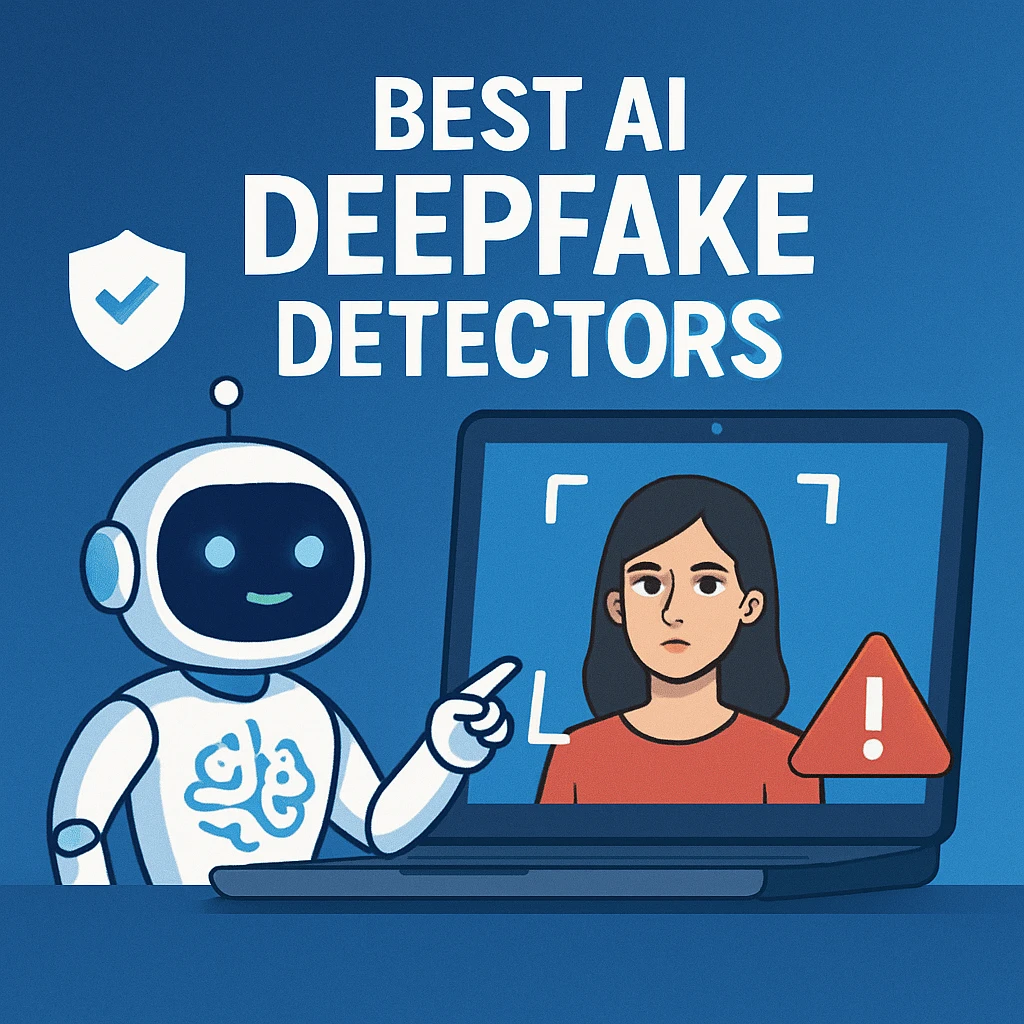
Deepfake Detection
As deepfake technology becomes more advanced and accessible, detecting AI-manipulated content is now a critical challenge across journalism, education, law, and...
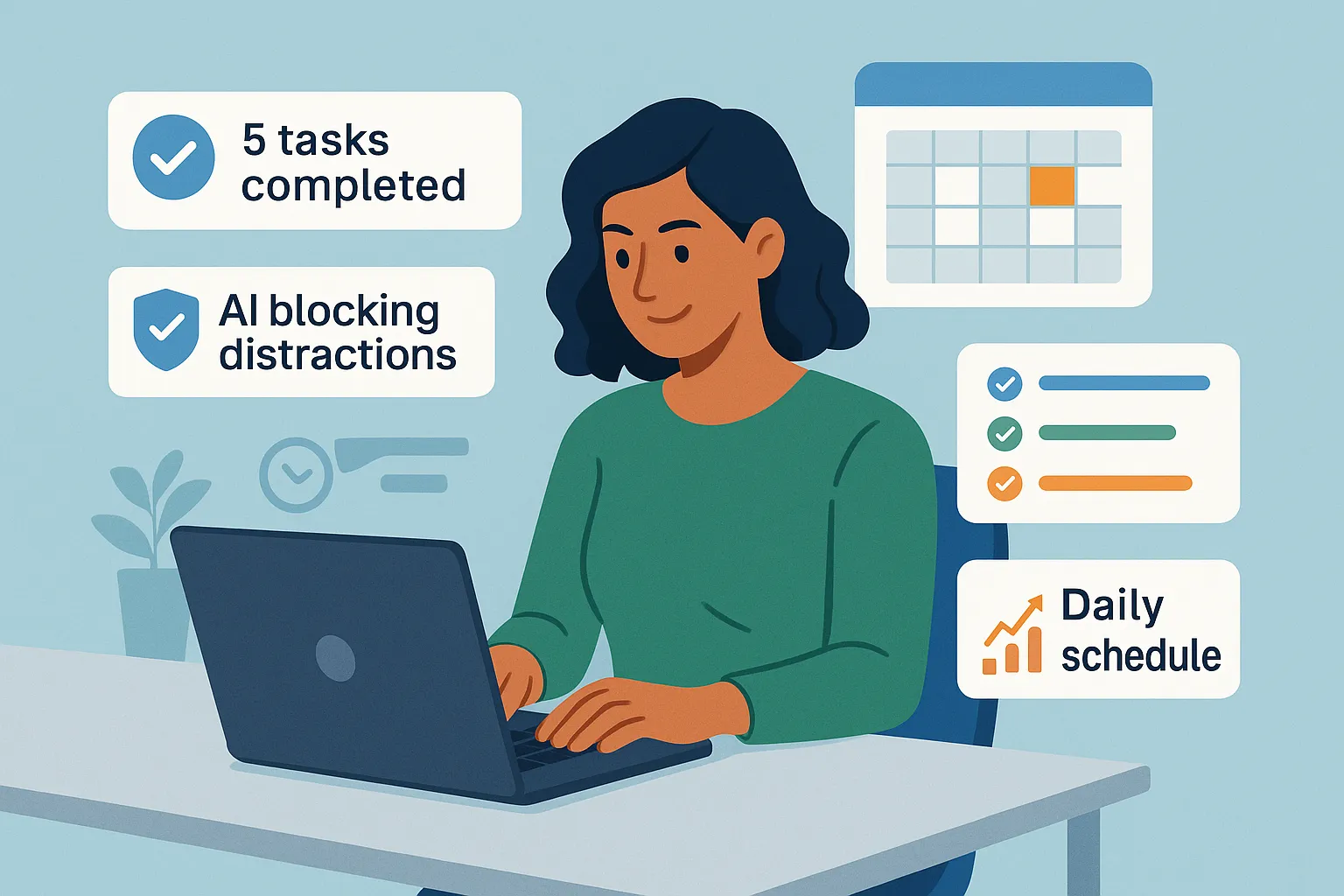
Productivity & Calendar
AI productivity and calendar tools have become essential for professionals, entrepreneurs, and students looking to make the most of their time without getting overwhelmed...
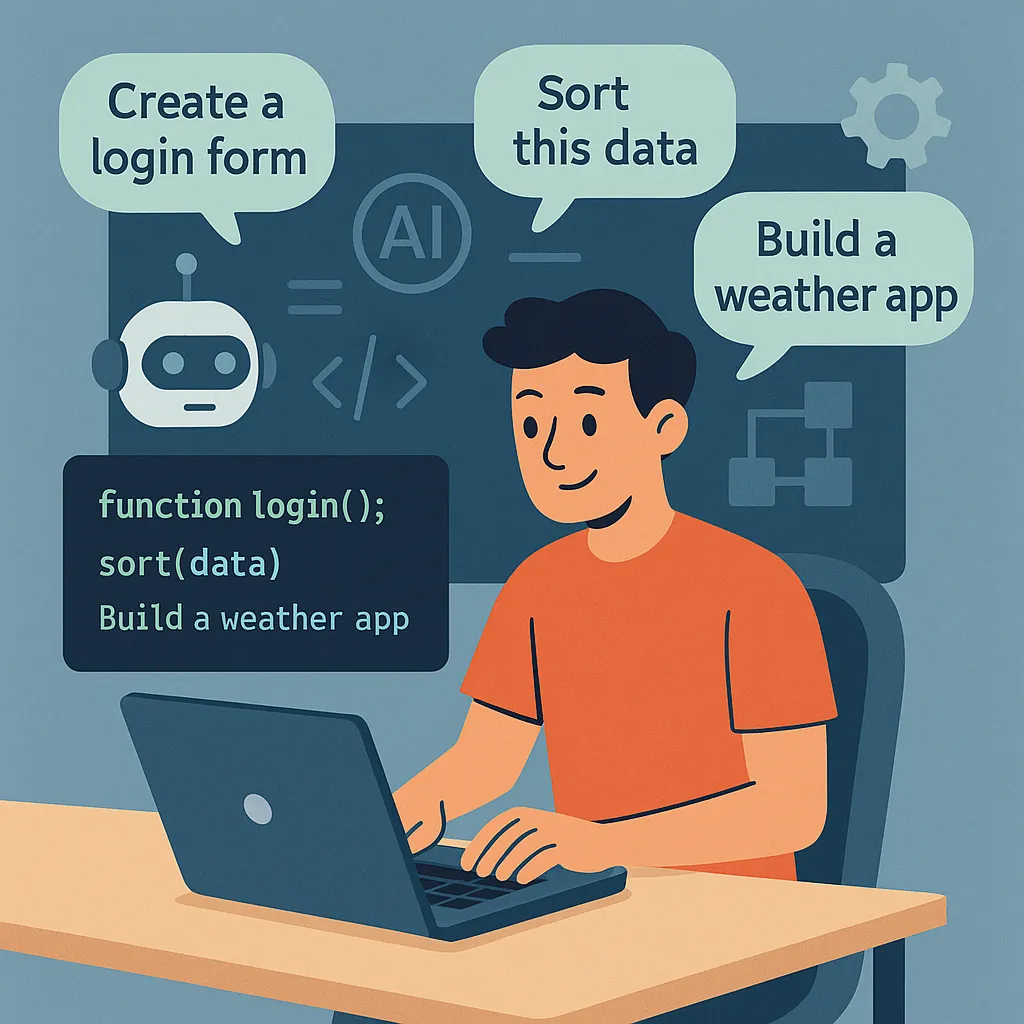
Natural Language To Code
Natural language to code tools are transforming software development by enabling users to build apps, websites, and workflows without needing advanced programming...
Blog
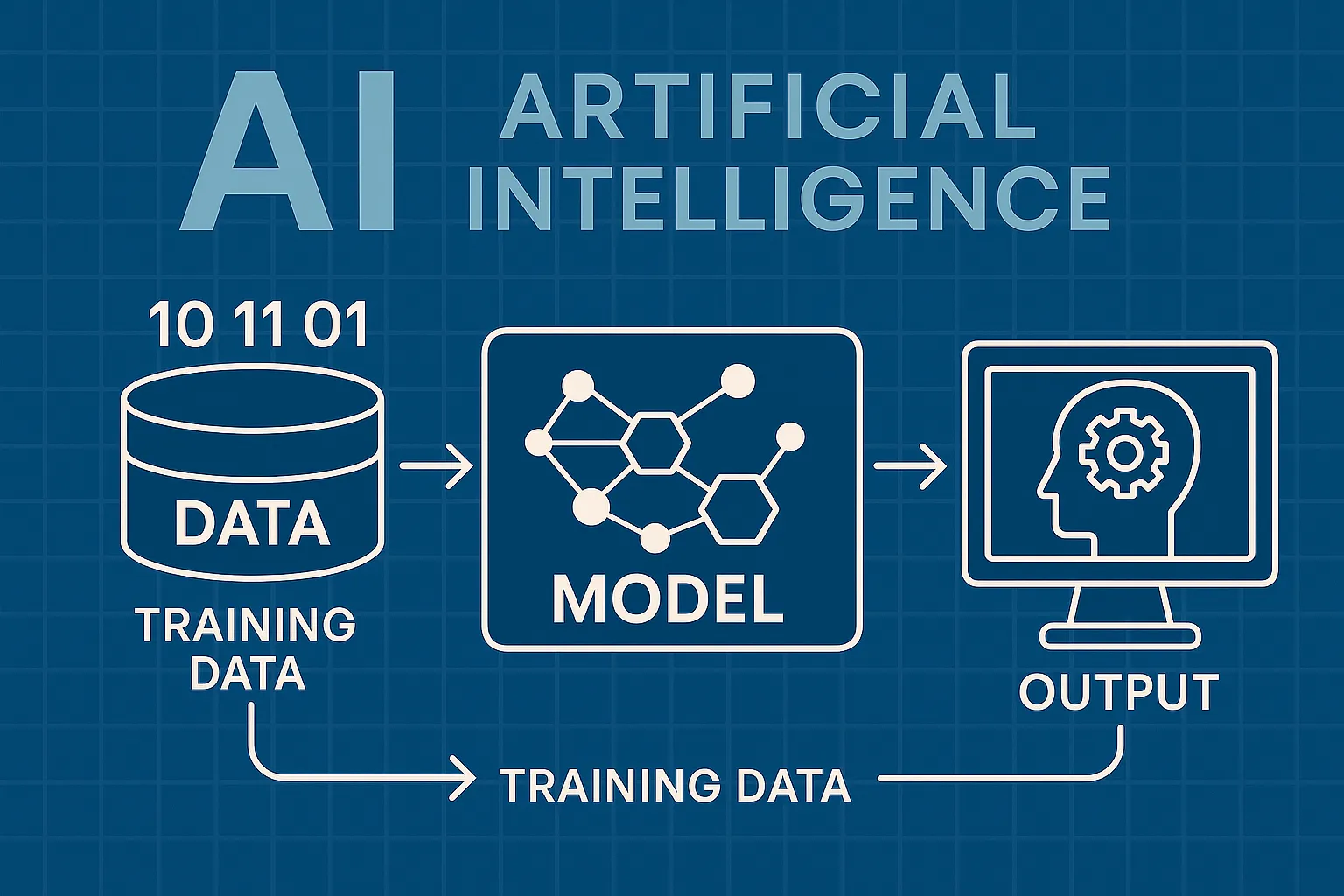
How AI Actually Works
Understand the basics of how AI systems learn, make decisions, and power tools like chatbots, image generators, and virtual assistants.

What Is Vibe Coding?
Discover the rise of vibe coding — an intuitive, aesthetic-first approach to building websites and digital experiences with help from AI tools.
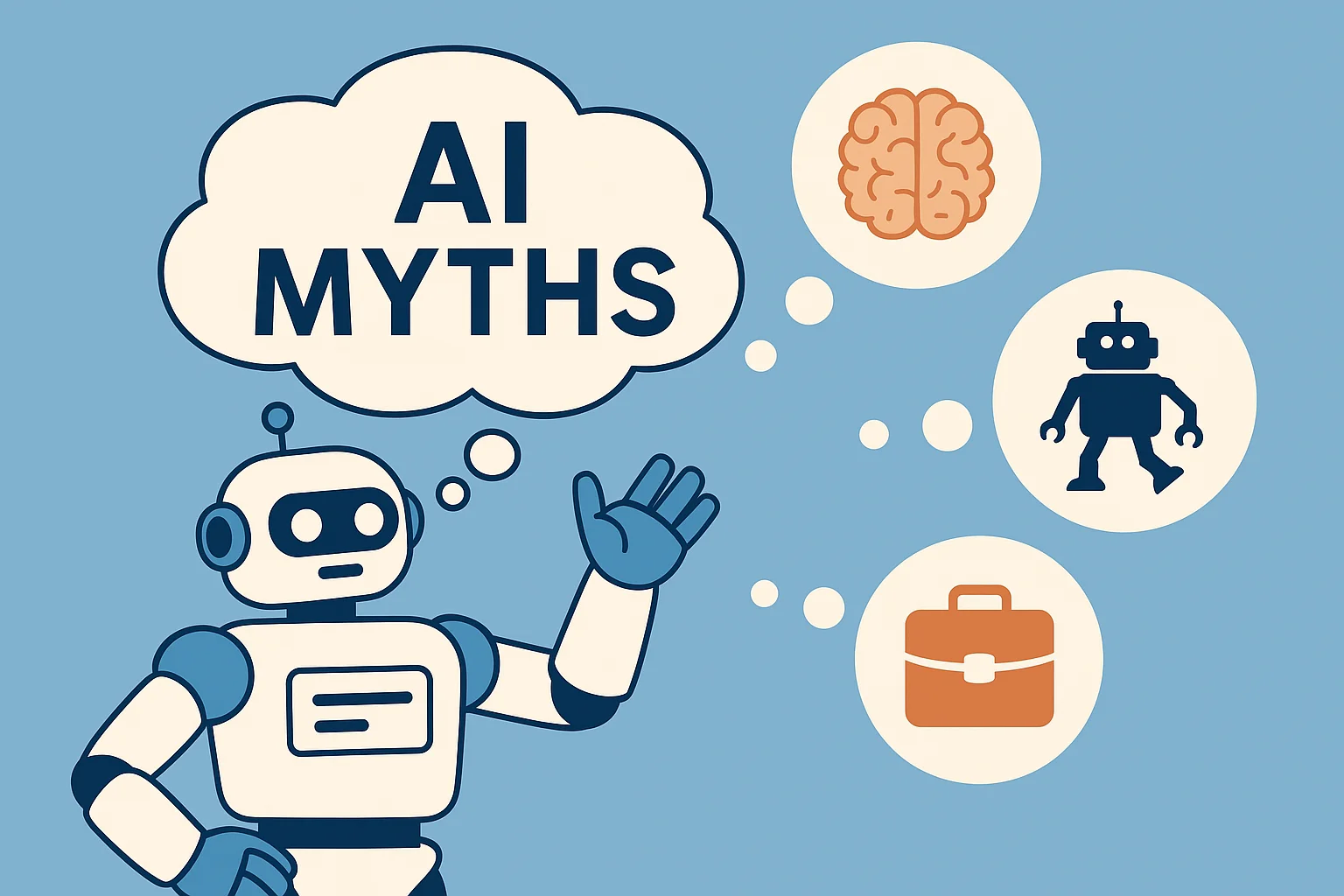
7 Common Myths About AI
Think AI is conscious, infallible, or coming for every job? This post debunks the most widespread misconceptions about artificial intelligence today.
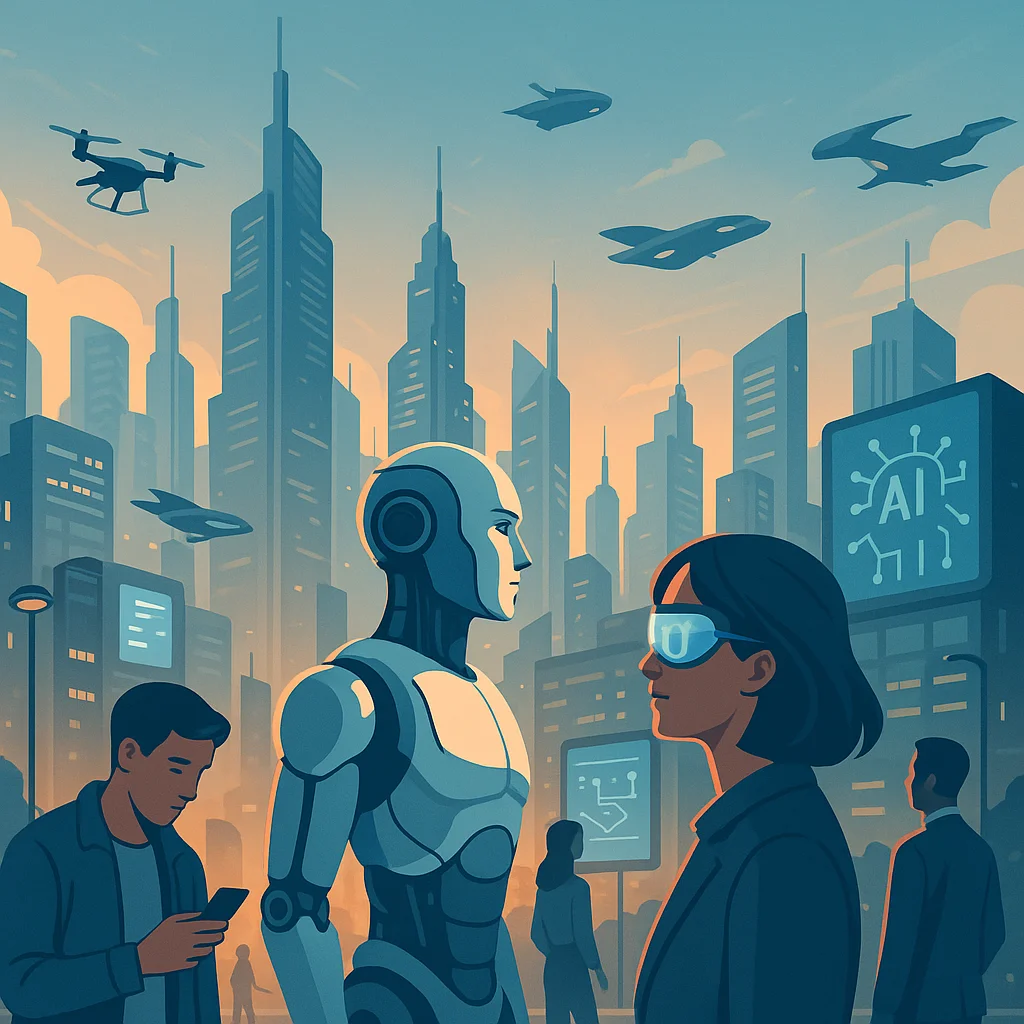
The Future of AI
From generative agents to real-world robotics, discover how AI might reshape society, creativity, and communication in the years ahead.
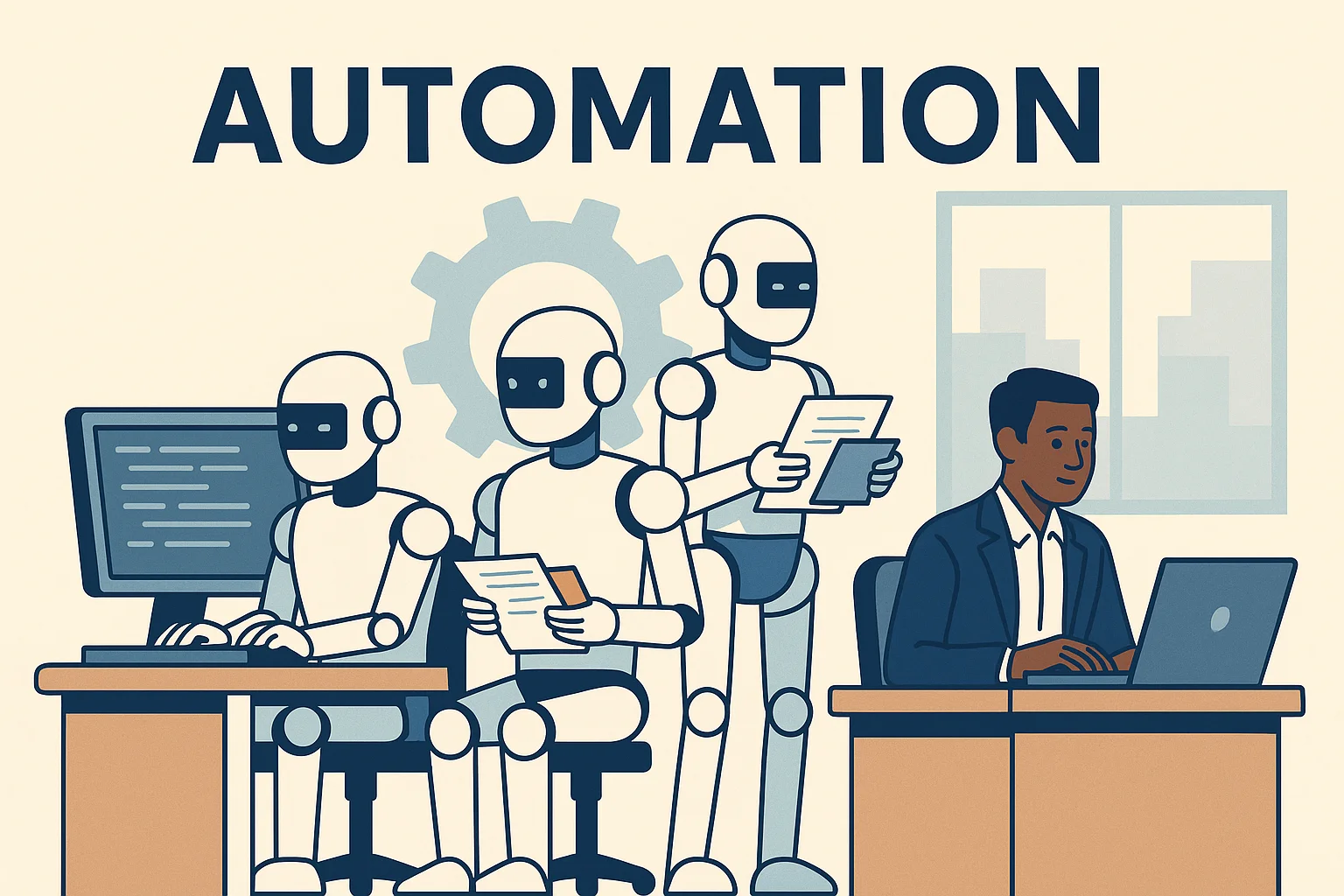
How AI Is Changing the Job Market
Will AI replace your job — or create new ones? Explore which careers are evolving, vanishing, or emerging in the AI-driven economy.
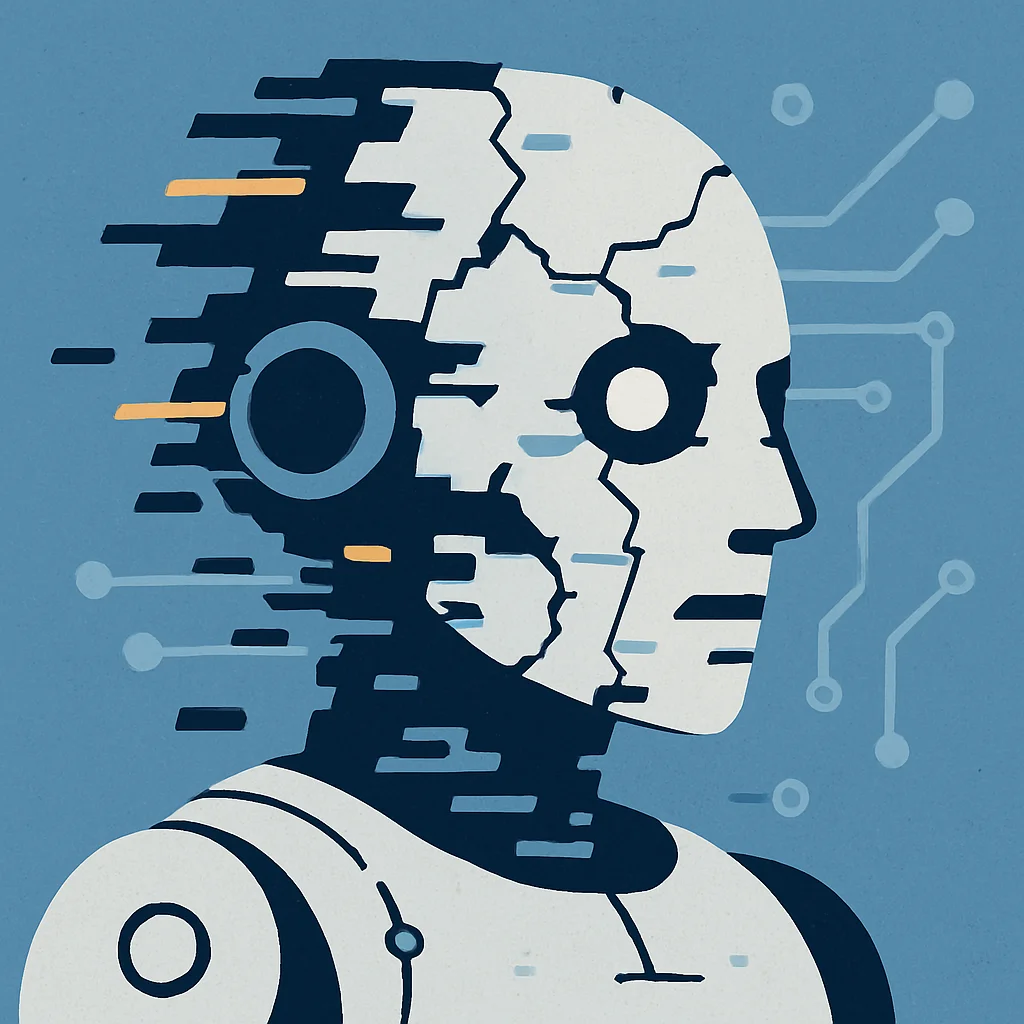
Common Issues with AI
Hallucinations, bias, privacy risks — learn about the most pressing problems in current AI systems and what causes them.